SOURCE: AFI

The Indian Navy is setting its sights on acquiring Autonomous Surface Vehicles (ASVs) to bolster its underwater surveillance and data collection capabilities. These unmanned catamaran platforms, electrically powered for silent operation, offer a significant advantage in safeguarding India’s maritime interests.
Sagar Design, a leading Indian defense contractor, has developed a state-of-the- art ASV that has successfully undergone rigorous trials. This catamaran design ensures exceptional stability while traversing water bodies, making it an ideal platform for various missions.
Continue readingSOURCE: AFI

The Indian Navy recently took a decisive step towards embracing Artificial Intelligence (AI) with the inauguration of an AI Experience Hub at the Maritime Reference Library in Visakhapatnam. Vice Admiral Rajesh Pendharkar, Flag Officer Commanding-in-Chief Eastern Naval Command (FOC-in-C ENC), presided over the ceremony, highlighting the Navy’s commitment to integrating cutting-edge technologies.
This AI Experience Hub is designed to be a central point for the Navy’s personnel to gain exposure to and learn about the vast potential of AI. Equipped with state-of-the-art AI tools and applications, the hub will serve as a platform for fostering innovation across various maritime operations domains.
Continue readingSOURCE: ANI

The USA has thrown doubts over what its future program for a sixth-generation fighter might look like, with US Air Force officials recently questioning the expense of the Next Generation Air Dominance fighter as originally envisioned. On the contrary, China is believed to be proceeding at pace with its own equivalent fighter development.
Of course, it is difficult to ascertain definitive information on China’s future sixth-generation fighter, since Beijing is extremely secretive about its top military programs. However, there is sufficient evidence that the People’s Liberation Army Air Force (PLAAF) will eventually field a modern fighter to succeed the current fifth-generation J-20 fighter. Firstly, what is a sixth-generation fighter? Nobody has yet developed one, but there are various efforts around the world to create them.
Continue readingSOURCE: IDRW.ORG
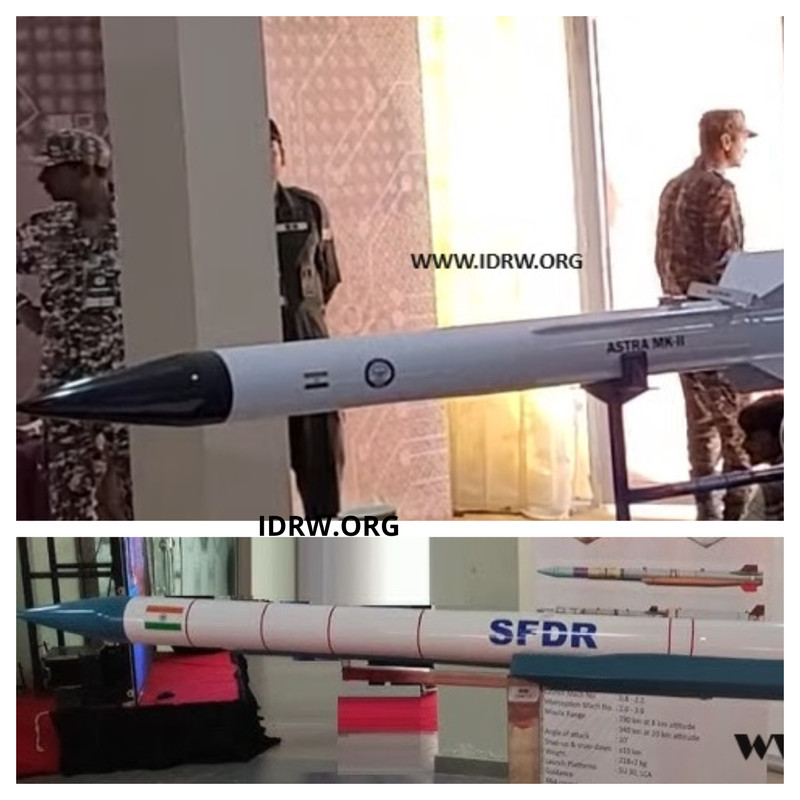
The Indian Air Force (IAF) is prioritizing the development of long-range missiles and robust communication networks following a critical lesson learned from the events of February 27th, 2019. During that engagement, communication blackouts significantly hampered IAF operations.
The 2019 incident exposed a vulnerability in the IAF’s communication systems. Scrambled MiG-21s lost contact with control, vectored Su-30MKIs flew “deaf,” and Mirage 2000Is, the first to detect enemy JF-17s, lacked crucial information due to communication limitations.
Continue readingSOURCE: IDRW.ORG

The Chinese research vessel ZHOUNG SHAN DA XUE has reportedly entered the Bay of Bengal and is currently moving past Campbell Bay. The purpose of its mission and its planned route remain unclear.
Meanwhile, another Chinese research vessel, XIANG YANG HONG 03, is expected to enter the Indian Ocean Region via the Malacca Strait. Its arrival coincides with a previously announced Notice to Airmen (NOTAM) issued by India, restricting airspace in the region from July 17 to 26, 2024, for a potential missile test.
Continue readingSOURCE: AFI
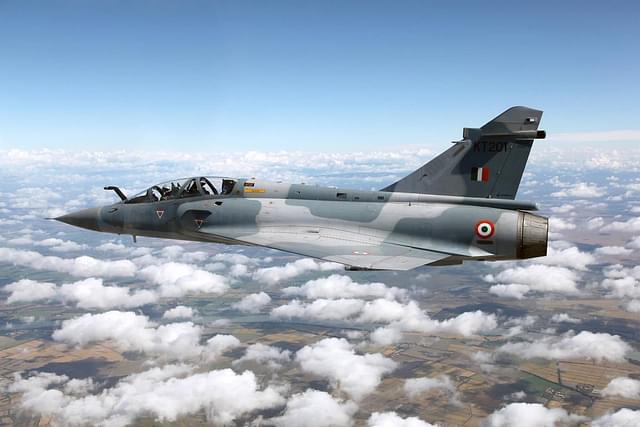
As India commemorates the 25th anniversary of the Kargil War, a conflict that saw the Indian Army’s valiant efforts force Pakistan’s retreat from occupied mountain positions, the Indian Air Force’s (IAF) crucial role deserves revisiting. While the Pakistan Air Force (PAF) largely remained grounded, the Kargil War holds stories of unseen aerial encounters that could have escalated the conflict.
The IAF enjoyed unchallenged air superiority during the Kargil War. Pakistan deployed F-16s for Combat Air Patrol (CAP) missions, but they never directly engaged the IAF. However, declassified information reveals two instances where things came close to a clash.
Continue readingSOURCE: AFI

The Light Combat Aircraft (LCA) Tejas Mk1A Program might not be seeking a new engine to replace the existing GE F-404. But This article compares two potential replacements, the EuroJet EJ200 and the Snecma M88, based on key performance factors crucial for a light combat aircraft.
Its not that HAL is seeking Engine Options for LCA Tejas Mk1A Program, but if Day arrives that HAL Plans to have second option then it might want to have a look at Two Western engine options that might fit the bill for the LCA-Tejas Program.
Continue readingSOURCE: AFI

Indian defence company Zen Technologies has unveiled a formidable arsenal of AI-powered robots, showcasing their commitment to innovation in the global defence market. These four products, Hawkeye, Barbarik-URCWS, Prahasta, and Sthir Stab 640, address various needs on the modern battlefield.
Zen Technologies takes aim at aerial threats with Hawkeye, a state-of-the-art anti-drone system camera. Featuring multiple sensor detection modules, Hawkeye boasts all-weather drone tracking for up to 15 kilometers. This ensures continuous threat detection and enhanced security for critical infrastructure and military bases.
Continue readingSOURCE: AFI

Indian space startup Skyroot Aerospace has achieved a significant milestone, successfully completing pressure tests on three critical stages of their launch vehicle in just three months! This rapid progress signifies not only their technical prowess but also their growing momentum towards their first orbital launch.
Pressure testing is a crucial step in rocket development. It simulates the immense pressure these stages will experience during launch, ensuring they can withstand the intense forces involved. Completing these tests flawlessly on all three stages within a short timeframe demonstrates Skyroot’s commitment to quality and efficiency.
Continue readingSOURCE: AFI
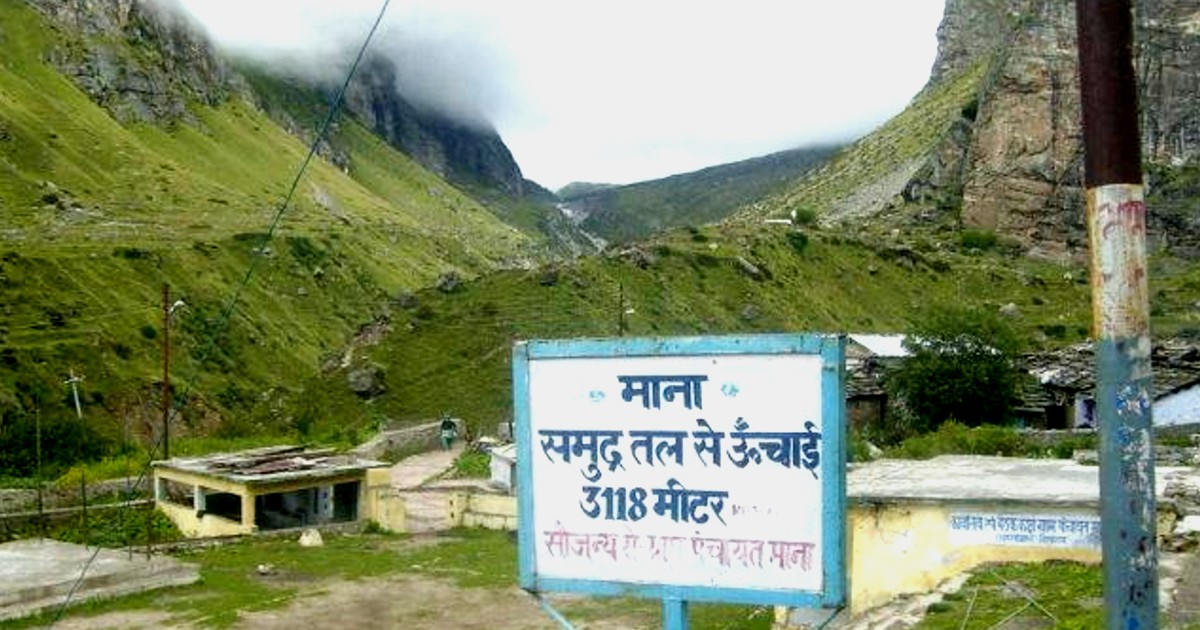
A recent report submitted to the Uttarakhand Chief Minister has shed light on a stark reality: 11 villages nestled near the Indo-China border have remained deserted since the 1962 war. The report, a stark reminder of the lingering effects of conflict, has prompted suggestions for reviving these forgotten settlements.
These villages, scattered across Uttarkashi, Chamoli, and Pithoragarh districts, stand eerily empty, devoid of civilian residents. Only army and ITBP (Indo-Tibetan Border Police) personnel maintain a presence, guarding the sensitive frontier.
Continue readingSOURCE: RAUNAK KUNDE / NEWS BEAT / IDRW.ORG

In a significant shift in its defence procurement strategy, the Indian government is demanding complete fighter jet manufacturing within the country for its upcoming Multi-Role Fighter Aircraft (MRFA) program. This move signals a departure from the previous piecemeal approach under the Make in India initiative.
Under the new policy, any vendor vying for the MRFA contract, valued at an estimated $23 billion, must be willing to establish a manufacturing unit in India capable of producing the entire aircraft. This goes beyond the offset obligations of previous deals, where only parts of the aircraft were manufactured domestically. Additionally, the government seeks technology transfer and a joint venture with a local partner for full-scale production.
Continue readingSOURCE: RAUNAK KUNDE / NEWS BEAT / IDRW.ORG
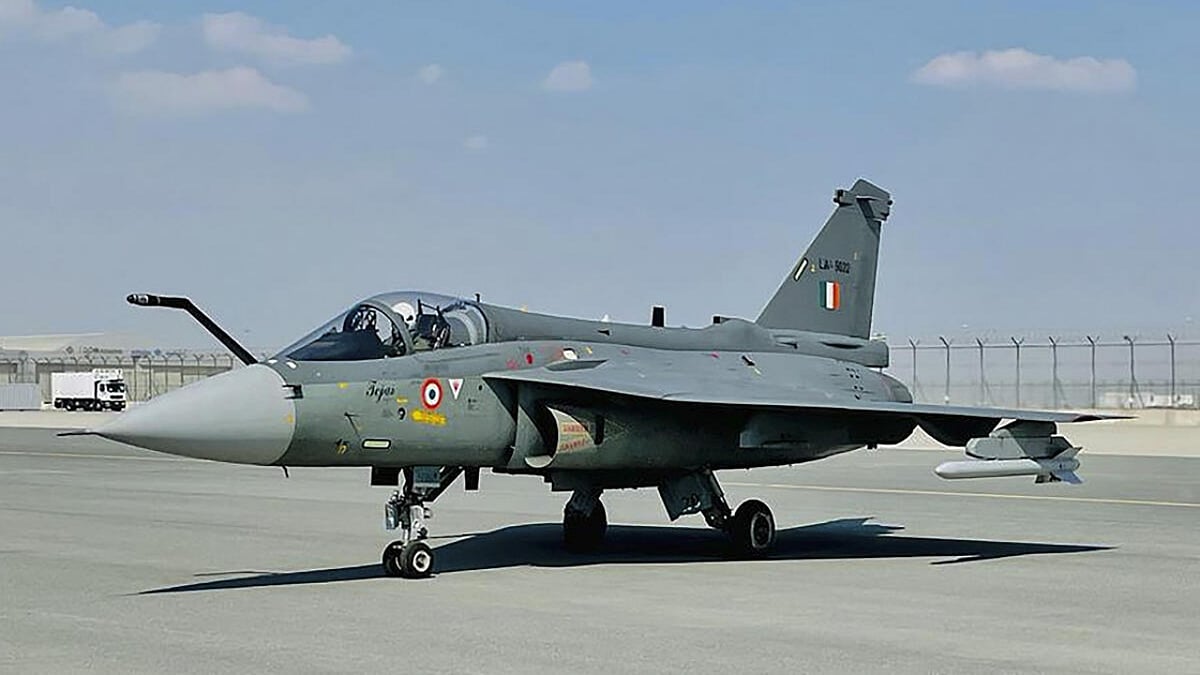
India’s Light Combat Aircraft (LCA) Tejas Mk1A program faces a potential delay due to ongoing issues with the supply of F404 engines from GE Aerospace. Sources close to the program have informed idrw that these delays could push back deliveries by over 10-12 months.
The Tejas Mk1A was designed specifically for the F404 engine, and there is currently no viable alternative. The Kaveri engine, an indigenous option being developed by India, is still facing delays and is not expected to be ready for production for another 5-6 years. The RD-33 engine, considered in the early 1990s, is no longer a feasible fallback solution.
Continue readingSOURCE: RAUNAK KUNDE / NEWS BEAT / IDRW.ORG

In a move towards greater inter-service cooperation and improved safety, the Indian Army is leading a joint initiative to procure specialized explosive vans for the transportation of ammunition by the Army, Navy, and Air Force.
The current practice of using General Staff (GS) vehicles for transporting explosives is deemed hazardous due to inadequate fire and security measures. The new explosive vans aim to address these shortcomings by providing a safer and more secure mode of transporting ammunition.
Continue readingSOURCE: AFI
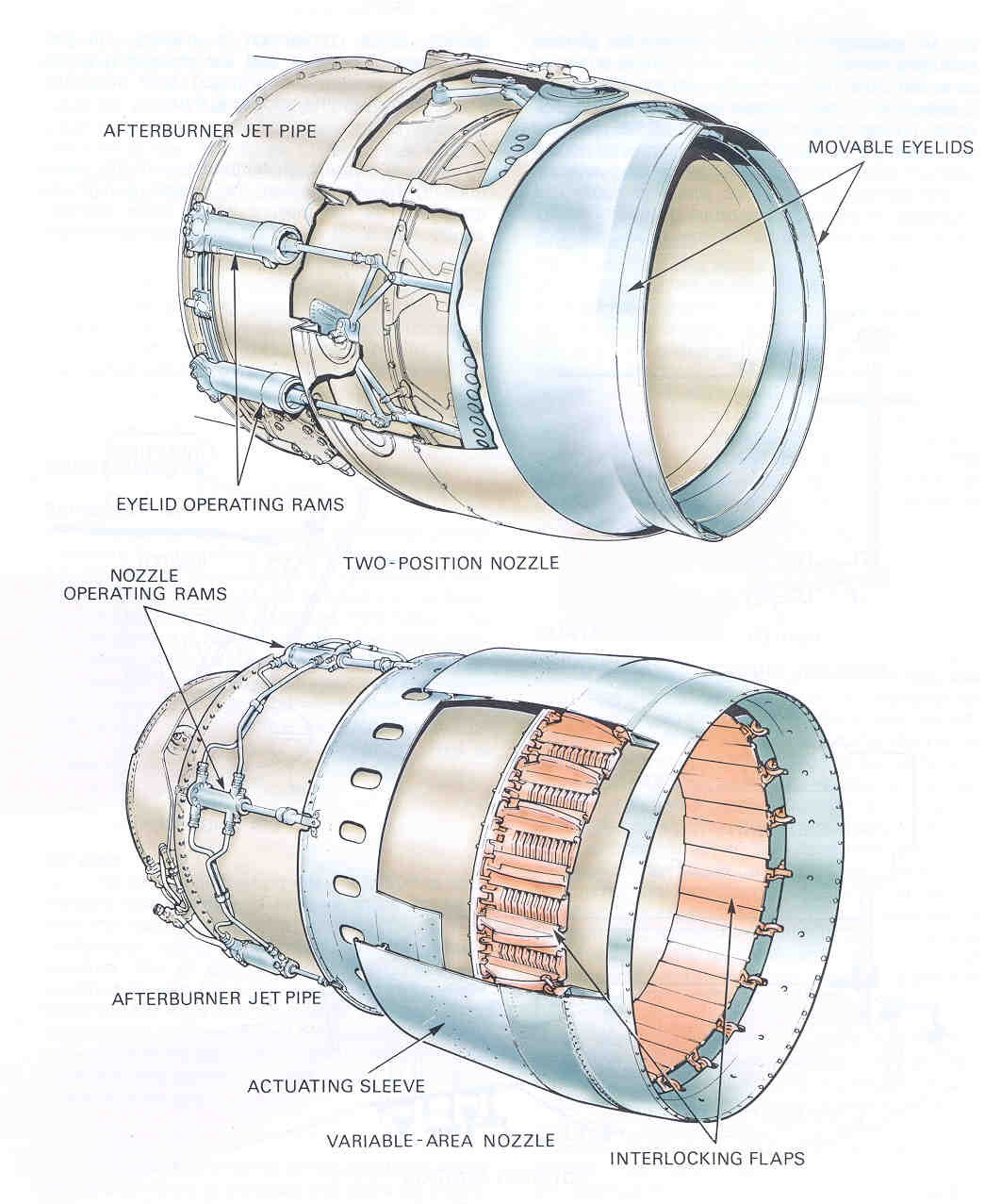
India’s quest for self-reliance in advanced fighter jet technology takes a crucial step forward with a new project focused on afterburners. This project, funded by the Aeronautical Research and Development Board (ARDB), delves into the complexities of afterburner operation, a critical component for the indigenously developed Advanced Medium Combat Aircraft (AMCA).
An afterburner is essentially a device that injects extra fuel into the hot exhaust of a jet engine, allowing for a significant increase in thrust. This translates to enhanced power and maneuverability for fighter jets, particularly during high-speed maneuvers and combat situations. The successful operation of the afterburner is vital for the Indian Air Force and Navy, as it directly impacts the performance of their aircraft.
Continue readingSOURCE: AFI

The Cockerill 3105 turret, developed by John Cockerill Defense, is a modular and lethality-focused weapon system designed to equip modern armored vehicles. Currently integrated into the DRDO’s Zorawar Light Main Battle Tank, developed with Larsen & Toubro (L&T), the 3105 turret offers a potent combination of firepower, crew protection, and advanced technology.
The Cockerill 3105 prioritizes reliability and efficiency. It utilizes mature, in-production components, minimizing technical risks and accelerating deployment timelines for combat vehicles.
Continue reading